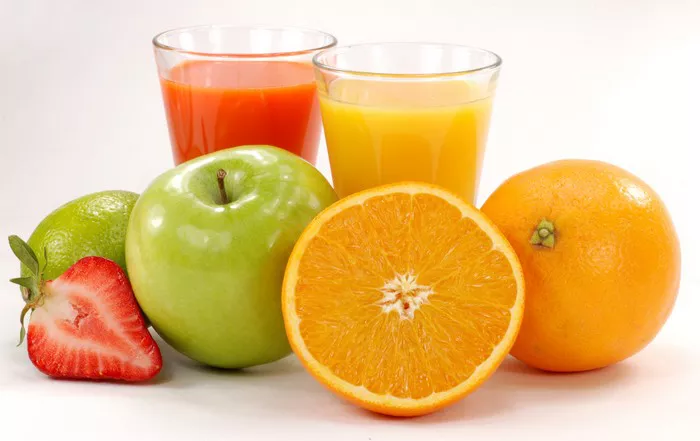Researchers from Embrapa Mandioca e Fruticultura have introduced two innovative approaches to better understand and enhance passion fruit genetic resources. These methods have the potential to revolutionize the characterization of passion fruit varieties and contribute to the ongoing genetic improvement efforts.
The first method relies on mathematical models to predict the quantity of fruit pulp produced. Accurate prediction of fruit pulp is of paramount importance as it plays a vital role in various applications, including juice production. By employing mathematical modeling, scientists can gain insights into the fruit’s pulp yield, aiding in the selection of varieties that meet market demands.
The second method employs computational tools, such as specialized software and applications, to precisely define the color of different plant attributes, including the skin and pulp. This approach is invaluable as the color of passion fruit holds significance not only for visual appeal but also as an indicator of nutritional content, including vitamins and other health-related compounds. Consumers often seek vibrant fruit colors when making their selections at supermarkets, making this method instrumental in meeting consumer preferences.
Characterization of passion fruit varieties through these innovative methods represents a crucial step in advancing genetic improvement programs. By aligning these programs with the needs of the production sector and society, researchers aim to develop passion fruit varieties that not only excel in terms of yield but also in quality and visual appeal. These efforts contribute to meeting the demands of both the market and health-conscious consumers while ensuring the sustainability of passion fruit cultivation.






















